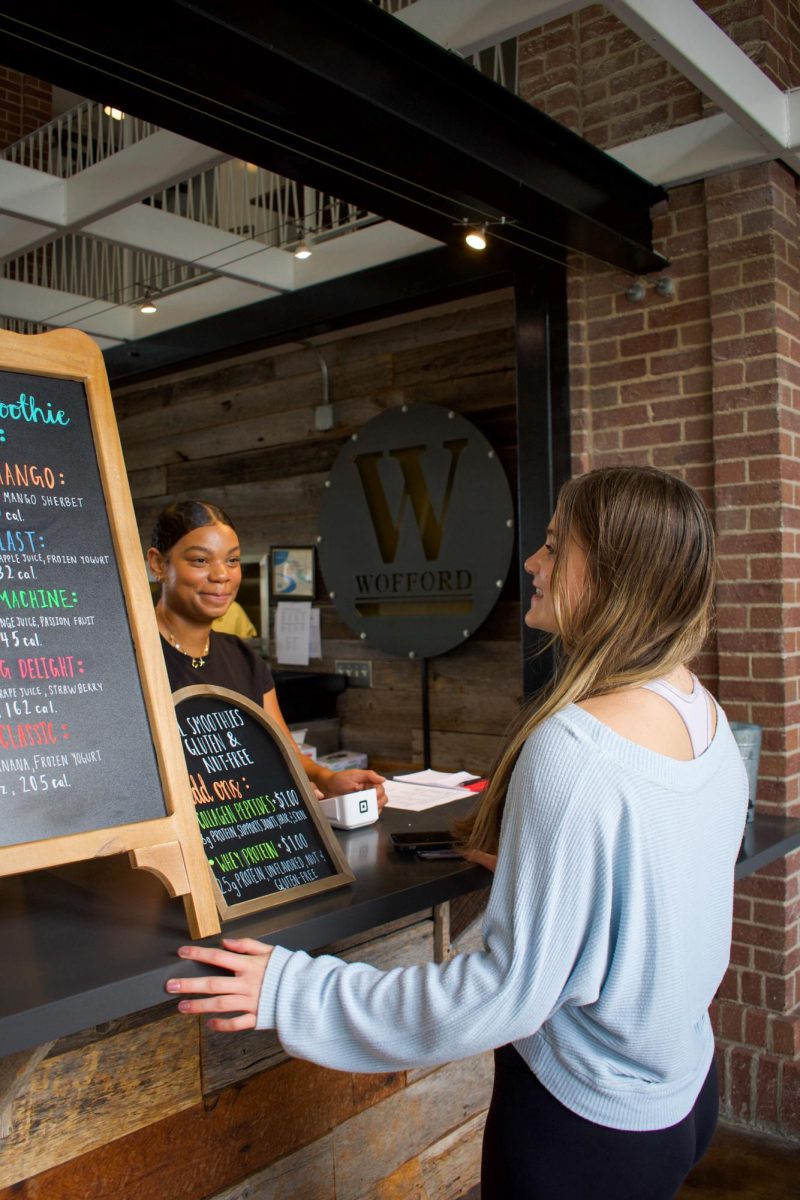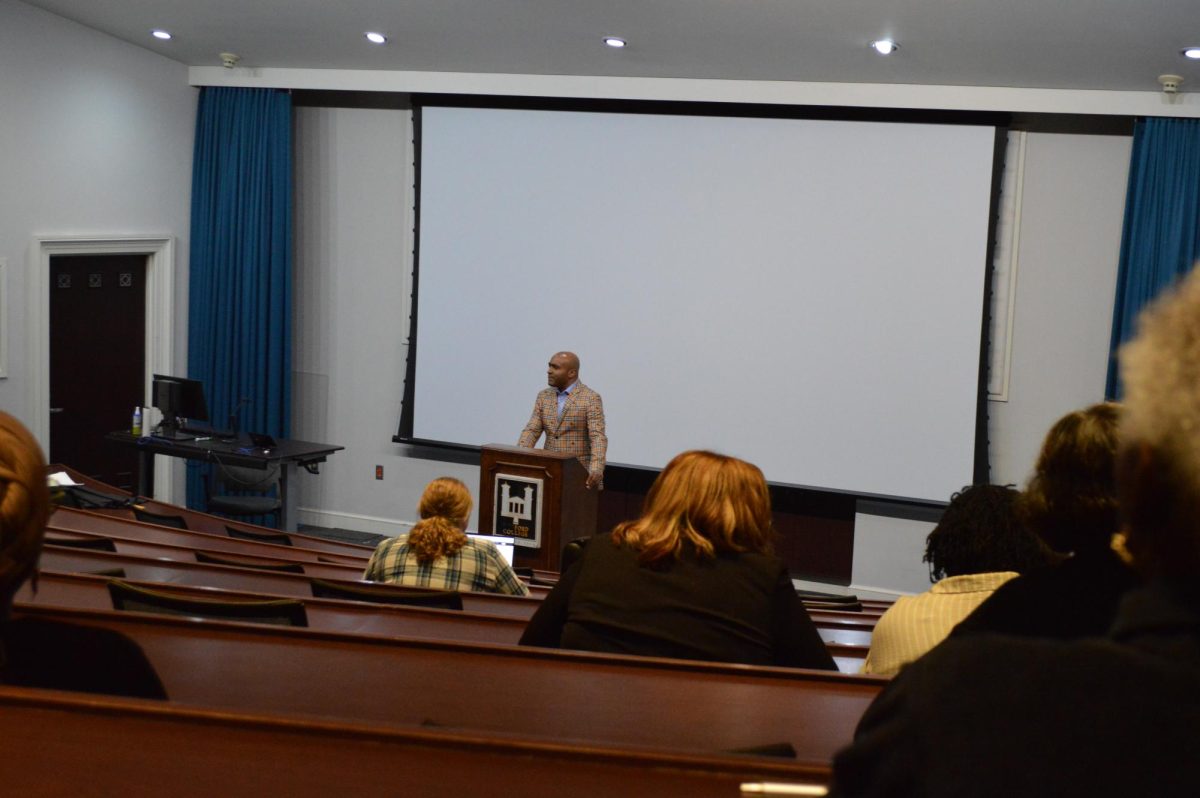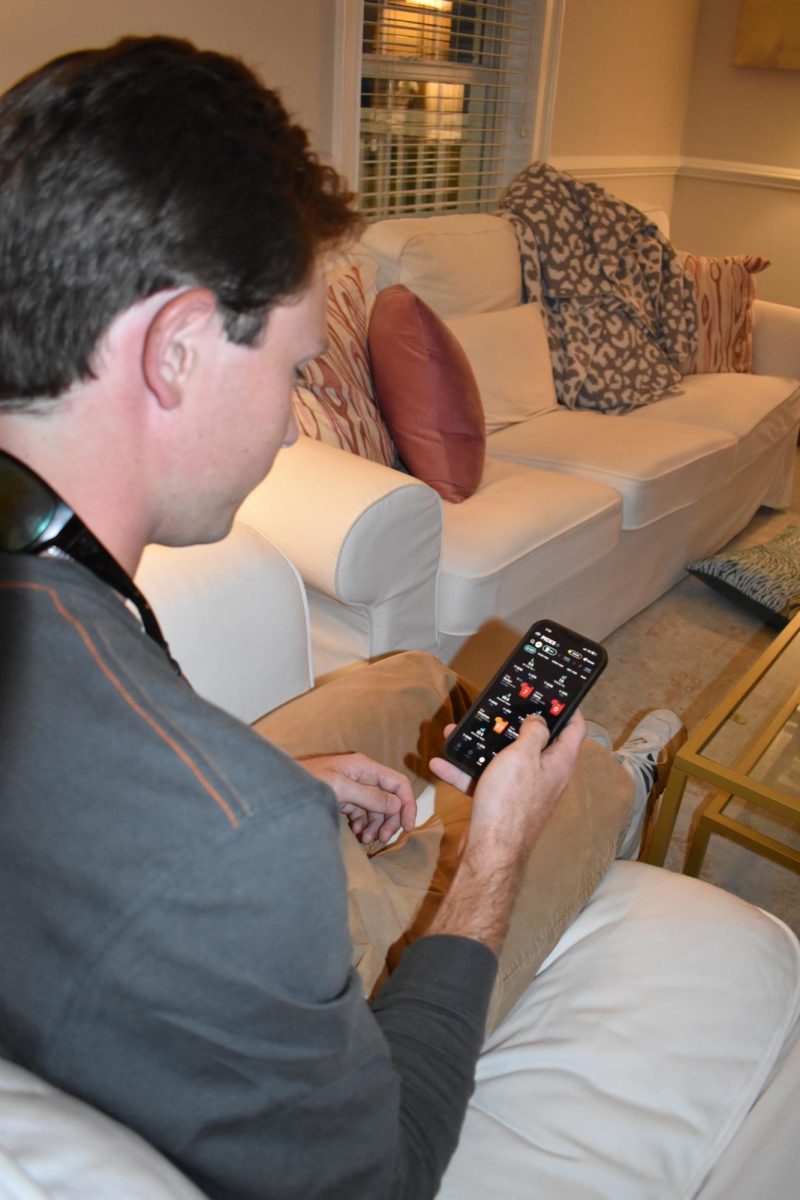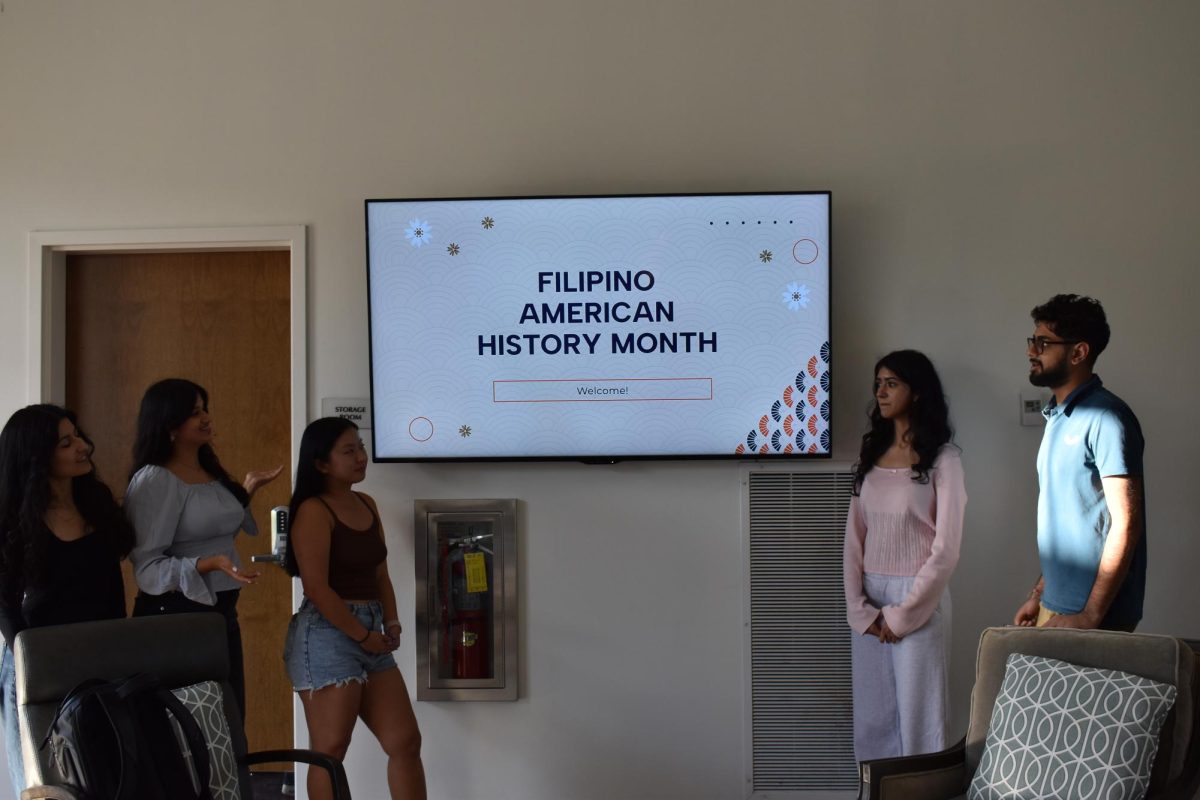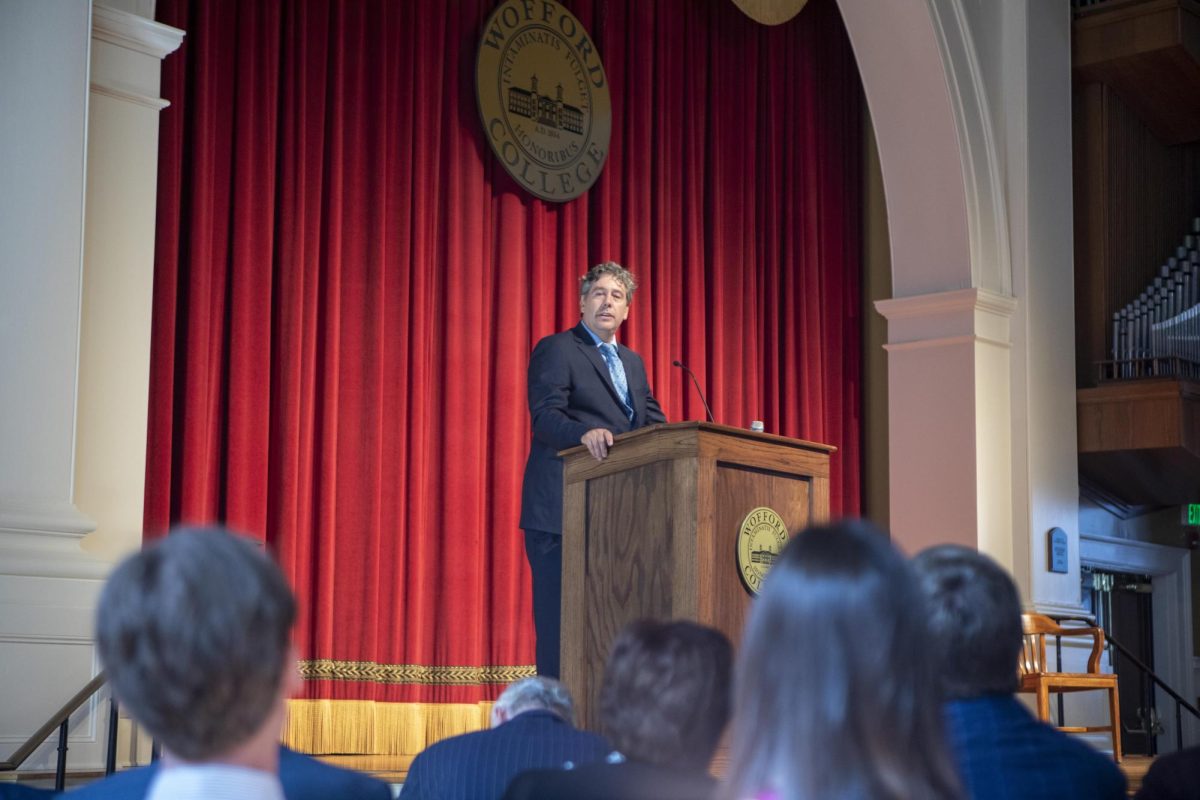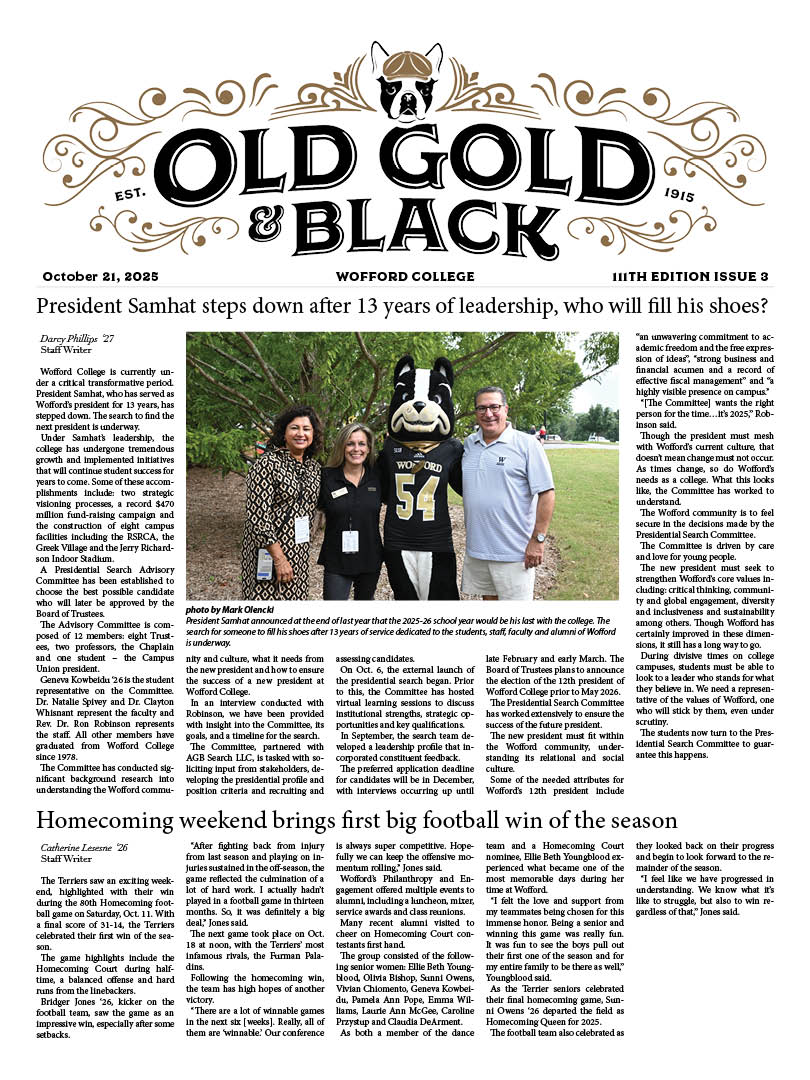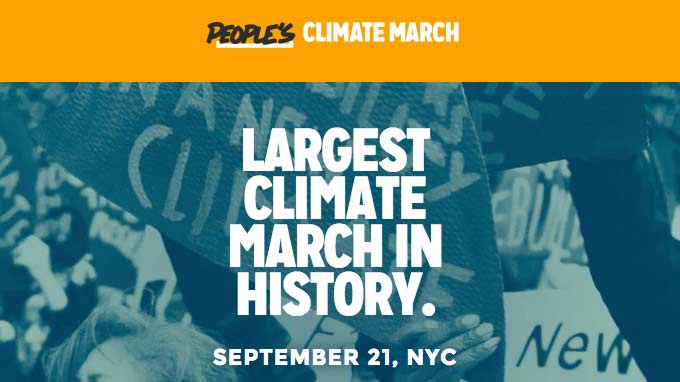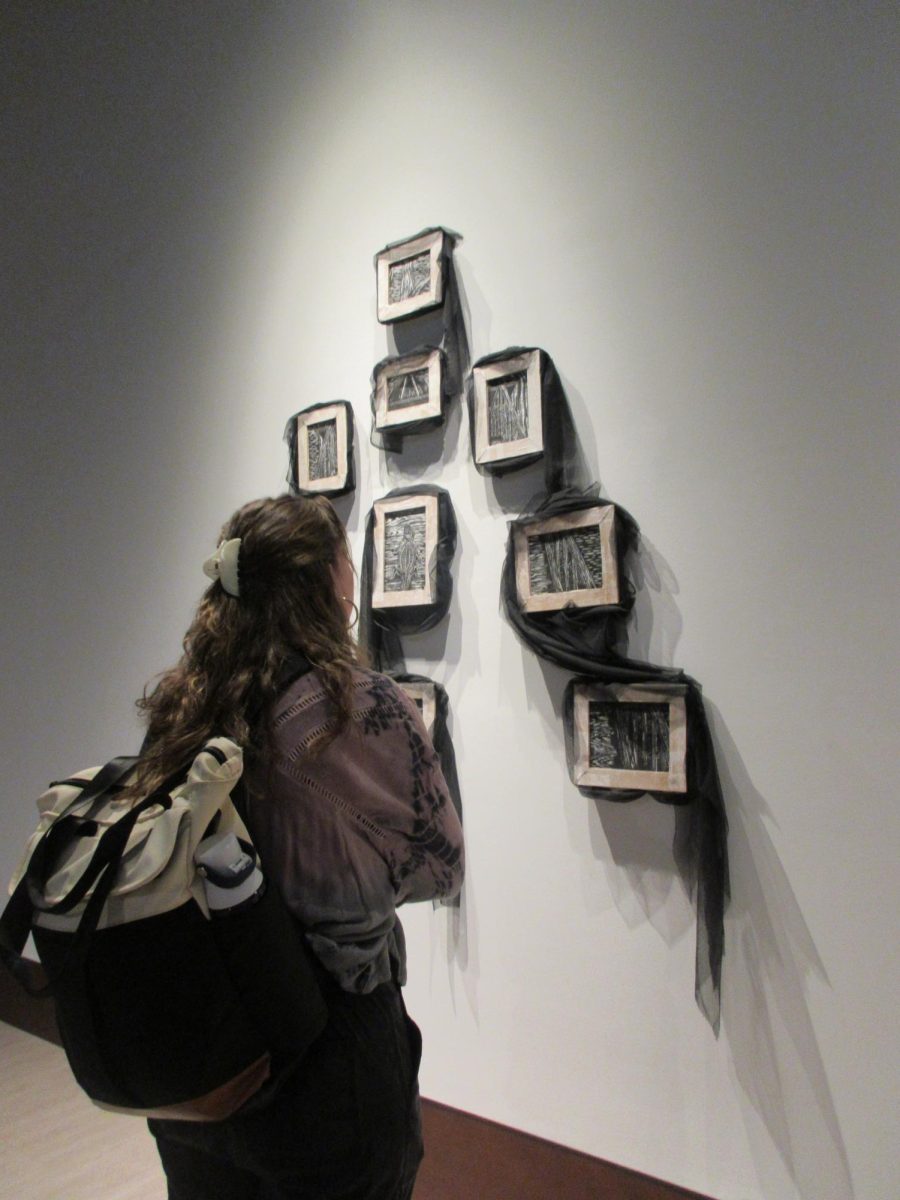RECAP OF THE PEOPLE’S CLIMATE MARCH IN NEW YORK CITY —
Hope, determination, enragement and passion culminated in New York City on Sept. 21 as the people of the world took to the streets in hopes of bringing a loud and effective voice to the issue of climate change. Just two days before world leaders met at the UN Climate Change Summit, up- wards of 300,000 activists, students, leaders and environmentalists from all across the world gathered in New York City to take action. The event, People’s Climate March, was a culmination of over 2,000 different climate change-based events in 162 countries. International people joined in solidarity, demanding action towards climate change from the world’s most powerful leaders.
The People’s Climate March was the product of several environmental, social justice and labor groups, as well as significant environmentalists such as author and creator of 350.org, Bill McKibben. The march was timed in hopes of grabbing the attention of the world’s most influential leaders, including President Obama, in attendance at the United Nation’s climate change summit in New York City; the end result, activists hope, would be strict action implementing policies to curb climate change. The march included a two- mile loop in the heart of New York City where attendants pulled floats (using bio-diesel fuels or man-power) and picketed with signs showing statistics of the damage of climate change and quotes displaying the value of our planet.
Climate change is a global matter that has resulted in a multitude of negative consequences, such as the melting of polar ice caps and an in- crease in acidity of our oceans. Many scientists and environmentalists fear that the worst is yet to come. As reported by Lisa W. Foderaro in The New York Times, Bill McKibben commented on the necessity of the march by saying, “When the secretary general invited world leaders to this summit, all of us in the climate justice movement thought, ‘Left to their own devices, these guys will do the same thing they’ve done for 25 years — i.e., nothing. So we thought, we better go to New York, too.” Enraged and determined, these people took to the streets in order to convey their strong emotions towards the issue and to grab the attention of the world leaders in hopes of action and positive change.
Following the completion of the march, promises of action were made by President Obama and several other world leaders at the UN Climate Change Summit. President Obama addressed the General Assembly stressing the importance of action by saying, “There’s one issue that will define the contours of this century more dramatically than any other, and that is the urgent and growing threat of a changing climate.”
President Obama advised the members of the UN in attendance to take climate change serious- ly. Noting both the successes and shortcomings of the United States’ actions, the President urged that the rest of the world to also step up to the plate and take action now.
The People’s Climate March brought an opportunity for the people to unite in the fight against climate change, and for the world’s most powerful leaders to listen, and implement positive action. People’s Climate March exemplifies the power of the people and grassroots organization. The march gave a clear voice to those passionate about the state of the planet. It served to unify people all over the world for a common goal: changing the course of the planet’s destruction. The issue of climate change is not place, gender, racially or culturally specific – it is universal.
— Sara Frances Koontz

